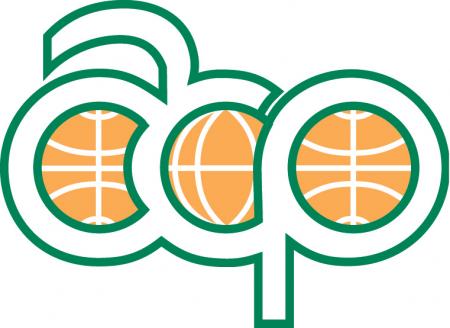Launch of Takitumu Conservation Area as an OECM
For Biodiversity Day 2024, the Cook Islands celebrated Ngai Taporoporo o Takitumu / Takitumu Conservation Area (TCA) as an Other Effective area-based Conservation Measure (OECM). This is the first OECM for the Cook Islands and for the Pacific. Congratulations, TCA on leading the way for the Pacific!Call Number: [EL]Physical Description: 3:45






